Concrete is probably one of the most commonly used materials for facing swimming pools. The reason for this is that it is easy to work with and it is usually a more affordable option compared to other materials. Poured concrete can create a seamless edge between a terrace and pool, for a unified design. Precast concrete is available in a wide range of patterns and textures, and blends with other stone and concrete materials.
Concrete pavers are also available in a wide range of colors and textures, and are an affordable alternative to natural stone pavers. Natural stone can be visually stunning and is a very popular pool cover. Among natural materials, travertine is a favorite because it stays cooler in the sun and is naturally slip resistant. Some natural stones can be very durable as pool liners, able to withstand continuous exposure to chlorine, while some types of stones are less durable and require more maintenance in a pool environment.
Brick is a great option for pool facing, especially if your home or existing landscape includes bricks. Bricks are naturally weather and water resistant. If you have a wooden deck or want a very natural look, wood and composites can be great for facing the pool. Porcelain stoneware or pavers are increasing in popularity, as porcelain is naturally more resistant to water and stains than natural stone, but with a very similar appearance.
Travertine is an ideal material for facing swimming pools for several reasons. The first reason is that this stone is cooler to the touch compared to other stones. The second reason is that it offers a high level of slip resistance, making it safer for wet feet of all ages. Travertine mosaic helps prevent foot burns on hot and sunny days.
Travertine is ready to use in a variety of sizes, finishes and styles, including Roman walnut, coral stone, ivory, ivory swirl, rounded, silver and other finishes that make your pool area look truly exceptional. Pool pavers come in a wide variety of styles, from rounded edges to square edges. The most common is bull nose coping, which has a rounded edge. Top mount pool cap is the most popular type of cap.
It is made of powder-coated aluminum and is also called a C-channel cap, or semicircular cap because of the particular shape of the profile. Bull nose cap is a popular choice for new pool cover construction. Provides a sleek, finished look. With its earth-toned colors and warm textures, slab is the preferred coping material.
The slab is also durable and easy to install. It's important to note that the tile can get very hot during the summer months and can become slippery when wet. Sandstone is the most common and popular non-slip stone material used for facing swimming pools. They are closely followed by Bluestone and Travertino.
All are available in the four most common trimming styles (rounded tip, drooping face, bulging edge, or rough cut). The material you choose depends on how you use your pool. With a range of colors and materials to choose from, you can connect your pool to the rest of your landscape seamlessly. Aesthetically speaking, coping provides an important visual transition between the water inside the pool and the deck or other surrounding surface.
Travertine is very porous and tends to absorb water instantly, so when used as a pool cover, it must be sealed. Typically, the edge of the brick pool is red or natural earth tone and the edges are straight and smooth, unlike the paver liner, where the edges can be curved. It installs easily and can be cut to different lengths and widths, making it popular with pool builders and designers. Changing terrains can cause poured concrete to crack, sometimes in a relatively short period of time, so this type of pool and cap may not be ideal for all situations.
The concrete pool edge, often referred to as cantilever concrete because it travels cantilevered over the edge of the pool, can be poured or prefabricated. While pavers for facing in-ground pools may be more expensive than concrete, they are durable and easier to replace. The choice between variety and the decision of which stone to use depends entirely on the pool owner, personal preferences, or the overall color, texture, visual aesthetics, and overall color scheme of the project. It is ideal for smaller pools because it can make the entire area appear larger, since it is a cohesive concrete slab.
These natural stones come in a variety of beautiful and subtle colors that will allow you to customize the design of your pool and its environment in a perfect way. If you need to remodel or build a new pool in the Houston, Texas area, contact Clearwater Pool Services to discuss your project first. When a person sits at the edge of a swimming pool to hang their feet in the water, they are sitting on the cap. The edge of the pool is the material that separates the pool from the solid ground of the deck or the landscape that surrounds it.
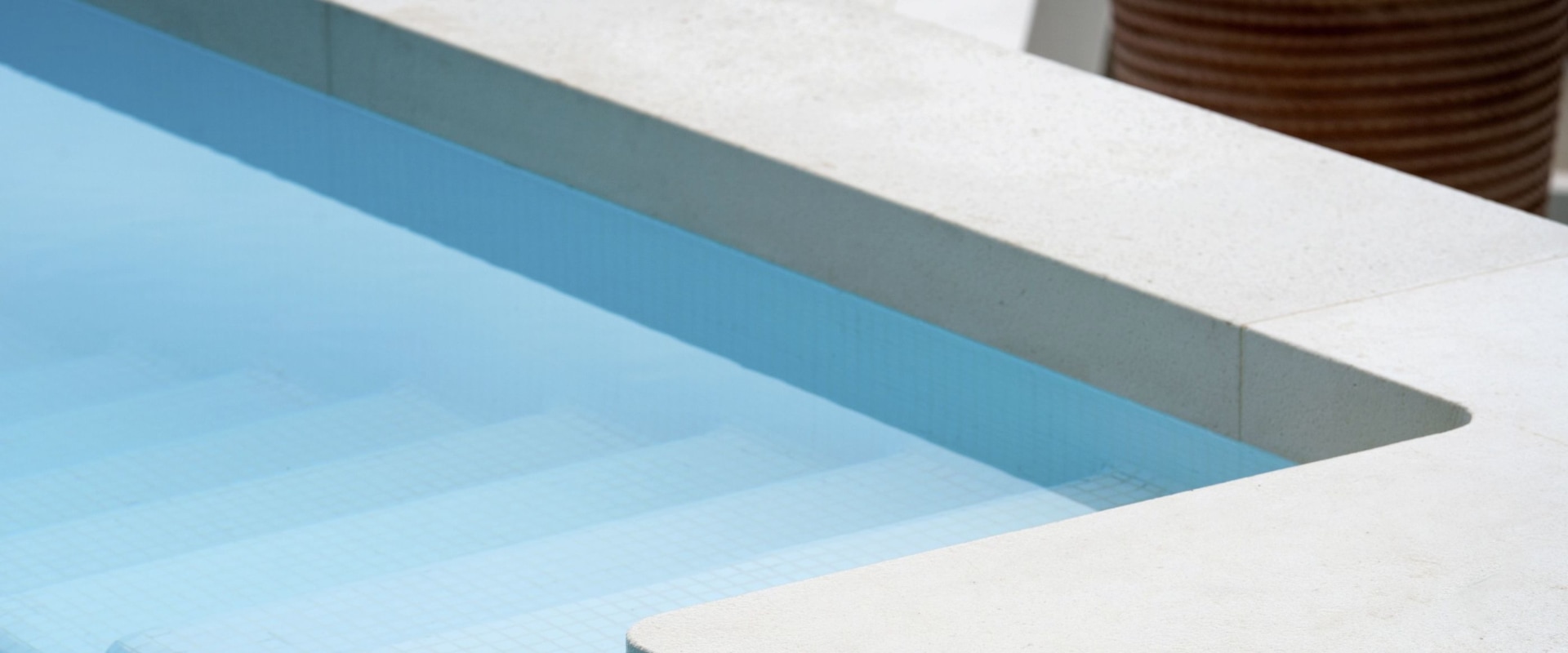
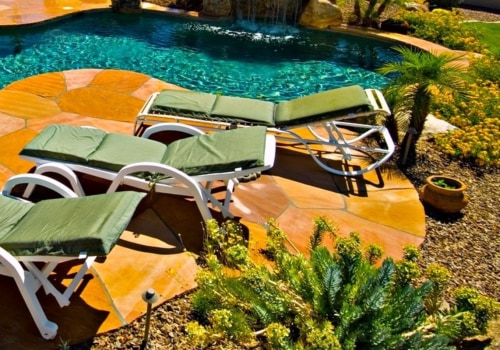
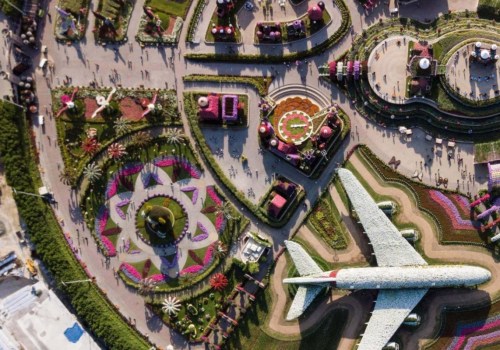
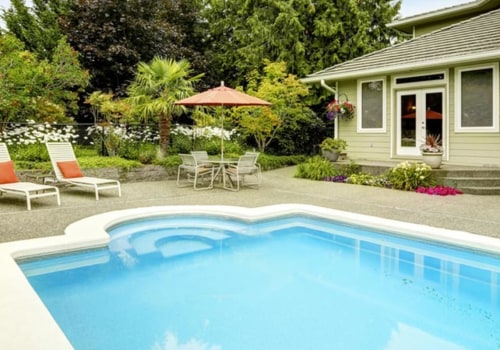
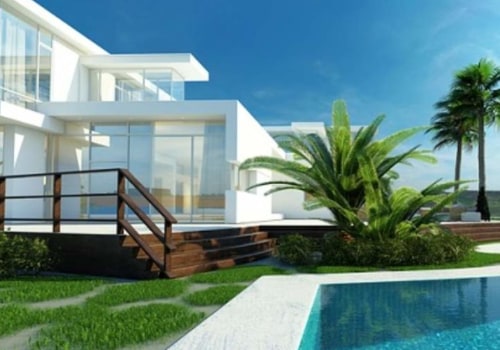
Leave Reply